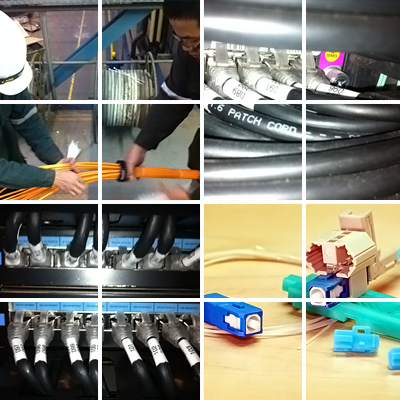 |
 |
 |
|
|
|
 |
 |
 |
 |
 |
 |
 |
| |
FTTH, or Fiber To The Home, refers to fiber optic cable that replaces the standard copper wire of the local Telco. Many people prefer it because it can carry high-speed broadband services integrating voice, data and video, and runs directly to the junction box (SOHO Box) at a home or building. For this reason, it is sometimes called Fiber To The Building, or FTTB.
Traditional copper telephone wires carry analog signals generated by telephone equipment, including fax machines. Analog technology is, by nature, a less precise signaling technology than digital technology. Though multiplexing has allowed digital signals to be transmitted across multiple channels over copper lines, fiber optic cable is superior for relaying these signals and allows for faster transfer rates and virtually unlimited bandwidth. This opens the door to better Internet speed, streaming video, and other demanding applications.
The Internet utilizes a backbone of fiber optic cables capable of delivering incredible bandwidth. This inherent ability makes it a prime source for advancing network technologies that can be brought to the home or business. Most subscribers, however, log on to this network through copper lines with limited capacity. This creates a bottleneck for advancing technologies that increasingly require greater bandwidth. FTTH bridges this gap
|
|
 |
|
|
|
 |
|
|